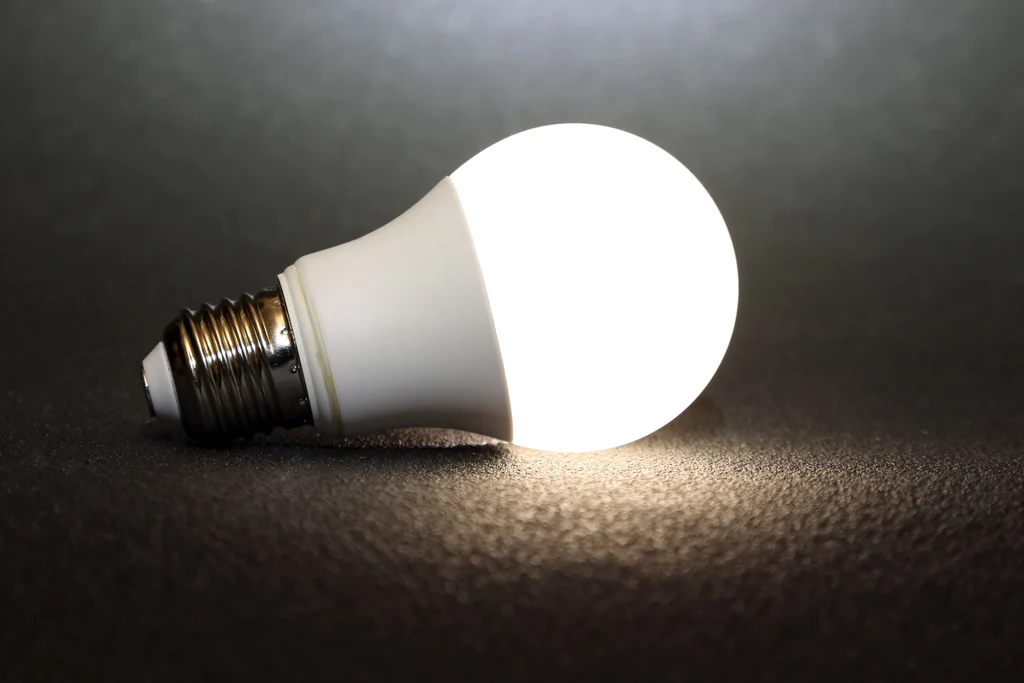Illuminating Efficiency: Demystifying LED Batten Light Quantity

In the ever-evolving world of lighting technology, LED batten lights have garnered significant attention for their energy efficiency and versatile applications. As we navigate through the intricacies of modern lighting, one crucial aspect that often takes center stage is the LED batten light quantity. This parameter holds the key to optimal illumination, energy savings, and creating the desired ambiance in both residential and commercial spaces. In this article, we delve into the nuances of LED batten light quantity, exploring its significance, factors influencing it, and how it can transform the way we perceive lighting.
Understanding LED Batten Lights: A Quick Overview
Before delving into the depths of LED batten light quantity, let’s take a moment to understand the fundamental nature of these lights. LED batten lights are slim, linear fixtures that offer uniform illumination across their length. Their versatility makes them a popular choice for various settings, including offices, retail spaces, warehouses, and homes. With advancements in LED technology, these lights have become synonymous with energy efficiency and longevity, making them a go-to option for modern lighting solutions.
The Significance of LED Batten Light Quantity
The concept of LED batten light quantity refers to the number of fixtures or units required to adequately illuminate a given space. Achieving the perfect balance between brightness and energy consumption is a delicate task, and understanding the required quantity plays a pivotal role in achieving this balance. Inadequate lighting can lead to discomfort, reduced productivity, and even potential safety hazards. Conversely, excessive lighting not only wastes energy but can also create an uncomfortable and harsh environment.
Factors Influencing LED Batten Light Quantity
Several factors come into play when determining the appropriate quantity of LED batten lights for a space:
- Space Size and Layout: The dimensions of the space in question are a primary consideration. Larger spaces generally require more fixtures, while smaller areas might need fewer units. Additionally, the layout of the space affects the light distribution. Corners and alcoves might require additional fixtures to ensure uniform illumination.
- Function and Purpose: The intended function of the space dictates the lighting requirements. For instance, a retail store might require brighter lighting to accentuate products, while a cozy restaurant might opt for softer, ambient lighting. Identifying the purpose of the space helps determine the optimal light quantity.
- Luminous Intensity: The desired level of brightness, measured in lumens, influences the number of fixtures. A space that requires high-intensity lighting, such as a surgical room, demands more fixtures to achieve the necessary luminosity.
- Color Temperature: The color temperature of LED lights affects the perceived ambiance. Spaces aiming for a warm and inviting atmosphere might require different quantities compared to areas aiming for a clinical and cool environment.
- Fixture Characteristics: The specifications of the LED batten lights themselves also play a role. Different models have varying light output capabilities, beam angles, and diffusing technologies. These characteristics impact how light is distributed and thus influence the required quantity.
Calculating LED Batten Light Quantity: A General Approach
While there isn’t a one-size-fits-all formula for determining LED batten light quantity, a general approach involves considering the following steps:
- Determine Illumination Requirements: Assess the purpose of the space and identify the required luminous intensity. This could involve consulting lighting standards or guidelines for specific applications.
- Measure Area and Ceiling Height: Measure the dimensions of the space, including the floor area and ceiling height. This information helps in understanding the coverage area of each fixture.
- Consult Manufacturer Data: LED batten light manufacturers often provide data sheets that include information about the fixture’s light output, beam angle, and coverage area. This data is crucial for making informed decisions.
- Light Distribution: Consider the beam angle and light distribution pattern of the chosen fixtures. Adjust the quantity based on how well the fixtures can cover the space evenly.
- Create a Layout: Utilize lighting design software or tools to create a layout that optimizes the placement of fixtures for even illumination. This step aids in visualizing how the selected quantity of fixtures will perform in the space.
- Factor in Maintenance and Lifespan: Incorporate the longevity of LED lights into your calculations. While the initial cost might be higher, the longer lifespan reduces maintenance and replacement costs over time.
Customizing the Solution: A Tailored Approach
It’s important to note that every lighting project is unique, and as such, a tailored approach is often the most effective. Collaborating with lighting experts or consultants can provide invaluable insights into achieving the perfect LED batten light quantity for a specific space. These professionals consider various variables, employ advanced lighting design software, and bring years of experience to the table, resulting in an optimized lighting solution.
Conclusion: Enlightening Perspectives on LED Batten Light Quantity
As we journey through the world of modern lighting, the concept of LED batten light quantity emerges as a pivotal factor in creating captivating and functional spaces. The intricate dance between luminosity, energy efficiency, and ambiance defines the art of lighting design. By understanding the factors that influence LED batten light quantity and embracing tailored solutions, we embark on a path where lighting transforms from a mundane necessity to a transformative force that elevates our surroundings.
In a world where lighting choices shape our experiences, the quantity of LED batten lights stands as a beacon of innovation, guiding us toward spaces that are not only illuminated but also enriched with purpose and elegance.







